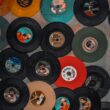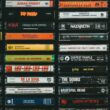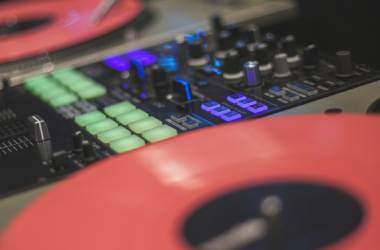Streetwear started in the ‘70s and ‘80s with skaters, surfers, and artists. They needed comfy clothes that fit their lifestyle. Brands like Stüssy made graphic tees, hoodies, and caps that looked cool and were easy to wear. It was all about personal style and doing your own thing. Over time, it went from a small scene to a huge trend.
The Hip-Hop Influence
In the ‘90s, hip-hop pushed streetwear into the spotlight. Rappers like Run-D.M.C. wore baggy clothes and sneakers that everyone wanted. Air Jordans became a big deal, and suddenly, streetwear was about showing off your style. Brands like FUBU and Sean John made clothes that fit the hip-hop vibe.
The Japanese Influence
In the late ‘90s and early 2000s, Japan gave streetwear a fresh twist. Brands like BAPE and Undercover mixed street style with their unique looks. They added bright colors, and cool patterns, and started releasing clothes in small numbers. This made streetwear even more sought after.
Luxury Cross-Over
By the 2010s, luxury brands started jumping on the streetwear bandwagon. Louis Vuitton and Dior teamed up with streetwear names like Supreme and Off-White. The collabs showed that streetwear could be high fashion too. Designers like Virgil Abloh made streetwear feel just as important as runway fashion.
The Future of Streetwear
Streetwear keeps changing. New trends like digital fashion and eco-friendly materials are shaping the future. Brands are also focusing on being more sustainable. Streetwear started with skaters and hip-hop fans, but now it’s everywhere. It’s not going away anytime soon.









